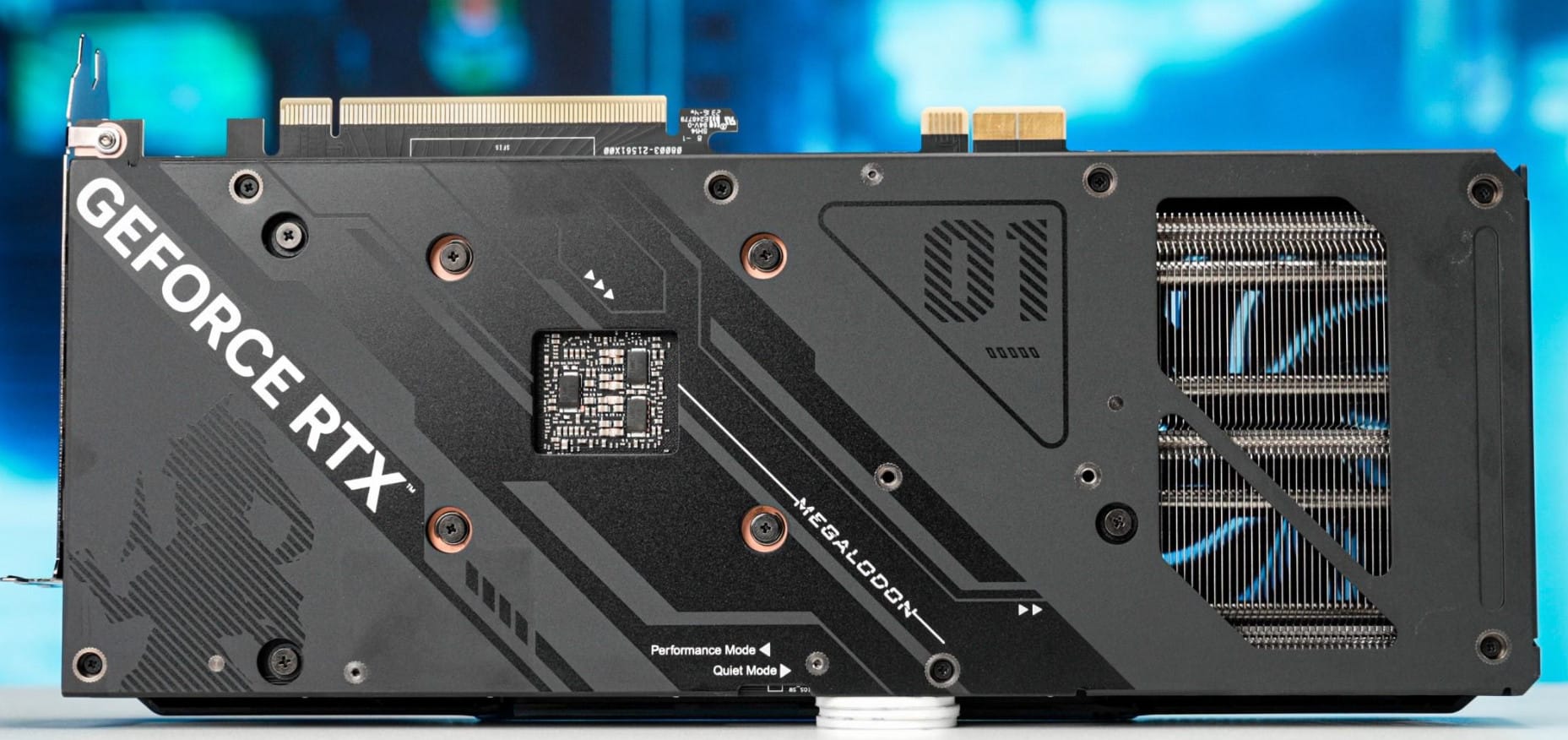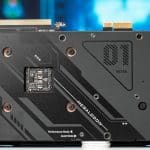I saw something interesting in the ASUS booth, a new graphics card design for better airflow, higher PSU efficiency, lower PSU production cost and easier cable management, which can be a game changer.
I always wondered why graphics cards must use power cables to get all power they need. Apparently, this was an easy and quick solution from the moment the PCI slot couldn’t deliver enough power. Asus finally decided to do something about that by adding an extra proprietary connector that looks like a PCIe x1 connector and can deliver up to 600W. Asus names this connector “GC_HPWR,” but the name will change once it becomes official.
For this extra connector to work, you need a special mainboard and a special chassis. This makes the whole concept tough to implement and succeed because most competitive brands won’t admit that it is a good idea not to raise Asus. If you ask me, this should be done ages ago for the following reasons:
- You don’t have power cables running through the front side of the chassis, blocking airflow
- In general, cable management will be easier
- PSU cables can be shorter, leading to higher efficiency and lower production cost (cables do cost, especially long ones!)
Some say that there won’t be any melting connectors issues anymore, but still, the 12+4 pin connector has to be connected to the mainboard unless you prefer to go with the trio of 6+2 PCIe connectors, which for me, are a step back. For the story, the mainboard shown was a TUF Gaming Z790 BTF and a GeForce RTX 4070 Megalodon graphics card.
The cons are that, most likely, nobody else besides Asus will support this idea and that lots of power will have to pass through the mainboard, which can lead to voltage drops if the corresponding power connectors are located far away from the slot that feeds the graphics card with power. If I had one of these systems in my hands, I would first measure the voltage drop between the power connectors on the mainboard and the card’s power delivery slot at high loads. The mainboard already has the VRMs and the CPU producing considerable heat, so installing additional high-power connectors can only make things worse. I would like to see how this can affect the system’s overall operation.






Innovative indeed.
Although personally, i dont fell very nice about Asus after the whole “AM5gate issue”, i would pay something extra for a system like this.
The AM5gate issue wasn’t only Asus issue, tho. It was how Asus handled it that was sad.:-)